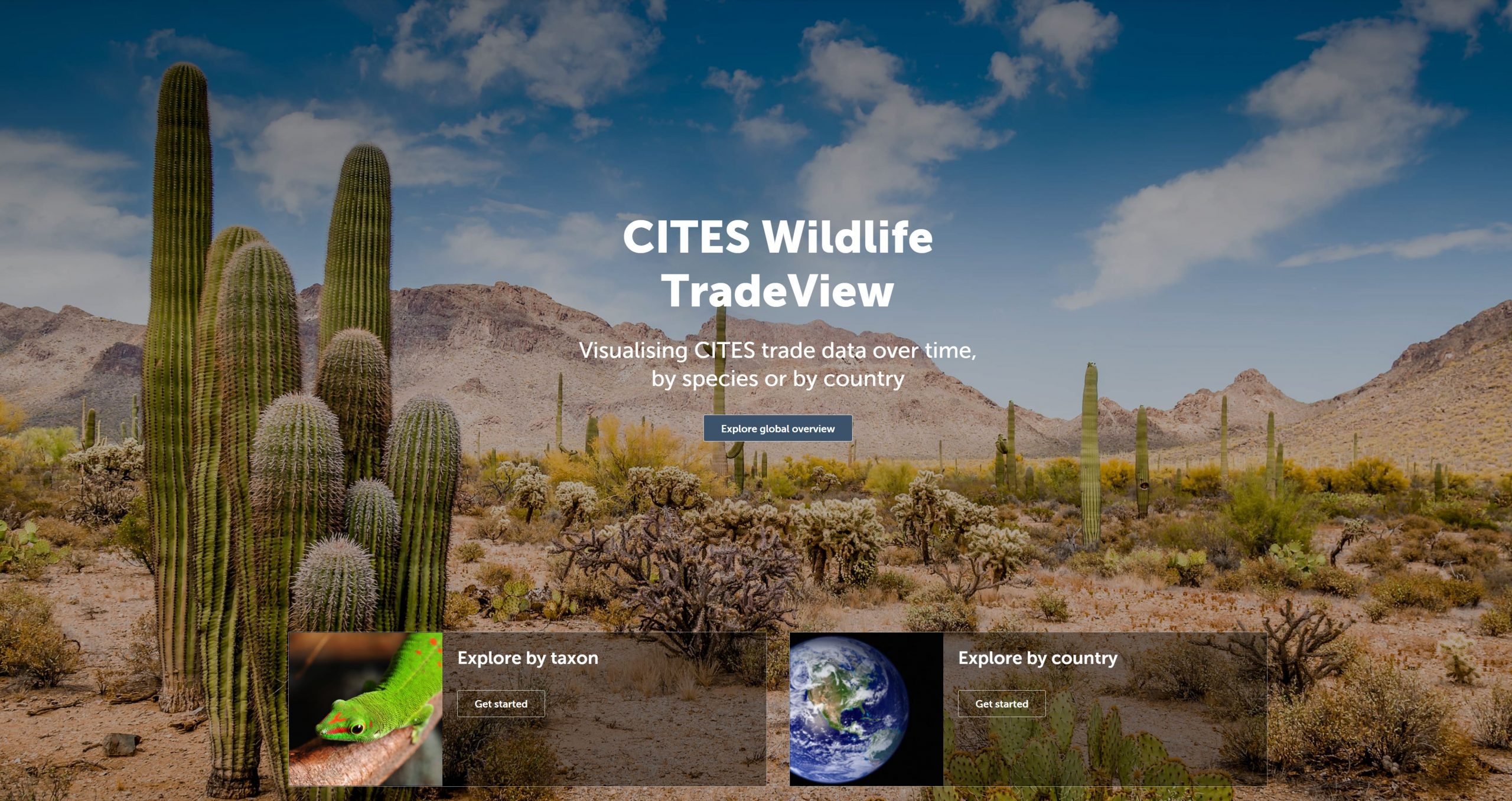If you have been following the recent CITES Standing Committee meeting (held in Lyon, France. 07 – 11 March 2022) you may have noticed the launch of a new website, CITES Wildlife TradeView.
Anyone who has tried to penetrate the CITES trade database, who doesn’t use the system regularly as a part of their research or job, will know that it isn’t the most transparent trade data source to navigate around. In 2019, Nature Needs More even asked a group of trade analytics experts to navigate the CITES trade database. So what was their feedback? – That the CITES trade database was the worst designed and most impenetrable trade data source they have ever come across.
The new CITES Wildlife TradeView website certainly makes navigating the trade data system much easier, and I encourage anyone worried about the trade in endangered species to use it to look at the species traded and any trading partners they are worried about.
But remember, the CITES Wildlife TradeView website is simply a direct link to the CITES Trade Database and, as such, the best way to define the new CITES Wildlife TradeView website is that it is a great window on crap data. CITES data, is still incomplete and is simply wrong. So, could this easier way to review the CITES poor trade data be the catalyst needed to speed up the transition to a CITES electronic permit system?
Trade Between Rich Countries
Over the years, as Nature Needs More has discussed the poor monitoring of the legal trade, the response was often that trade was better managed between so called advanced western democracies and that the CITES trade data gaps were more associated with developing countries or countries with high levels of corruption.
This notion of the data being of better quality when the trade is between wealthy democracies was quickly shown to be rubbish. In 2017, Nature Needs More was delighted to support the work of For the Love of Wildlife, as the organisation pushed to close the Australian domestic trade in elephant ivory and rhino horn. In a presentation to federal government MPs, it was demonstrated that there was a huge discrepancy between the export and import records regarding the amount of elephant derived products (ivory, skin) exported from the UK to Australia, between 2010 and 2016.

The number of Elephantidae specimens exported from the UK to Australia amounted to 2,953 ‘units’. In the same time frame the number of Elephantidae specimens recorded as imported in to Australia from the UK equalled 3 ‘units’.
This discrepancy is particularly interesting because Australia is one of the few CITES signatory countries where import permits are mandatory for CITES Appendix II species. So where did the 2,950 units of ivory go? This has never been explained.
Setting this fact aside, the first step was to test if I could reproduce the results with the new CITES Wildlife TradeView website; I put in the same criteria, and it popped out the matching result


The new CITES Wildlife TradeView shows the same huge discrepancies in analysing the most basic export/import data. It doesn’t matter if the countries are wealthy or developing, the CITES trade database and permit system are unfit-for-purpose.
Remember that in the 20 years of discussing moving from paper-based permits to an electronic permit system, only 14 of CITES 183 signatory parties have implemented an ePermits. Most CITES signatories still use the 1970s, paper-based system. This glacial progress was outlined in a recent article The Map of Shame.
How Did The New CITES TradeView Website Come About?
A couple of the interesting facts about the CITES Wildlife TradeView website, is that it is managed, on behalf of CITES, by the UNEP (based in Kenya) and the World Conservation Monitoring Centre (WCMC, based in the UK), and the development of the website was funded by the UK government.
Sadly, the UNEP and WCMC (two leading conservation agencies) have been unable to influence the governments of the respective countries in which they are based to give up their 1970s CITES paper permits. Neither Kenya nor the UK have modernised their CITES permit system to use electronic permits.
The fact that the UK hasn’t implemented electronic permits is even more odd when you look at the size of their funding to WCMC. The CITES Wildlife TradeView website states “The development of CITES Wildlife TradeView was made possible thanks to internal investment, and the financial support from the UK Research and Innovation’s Global Challenges Research Fund under the Trade, Development and the Environment Hub project (project number ES/S008160/1)”.
Digging into this project number, the UK government, via the Economic and Social Research Council (ESRC), has provided 4 years of funding to WCMC worth £18,239,311. It begs the question, why would the UK government provide nearly £18,239,311 (US$23,719,932) in a donation to help monitor the wildlife trade, but not modernise the UK CITES trade permit system to use electronic permits? A system that costs about US$150,000 (£115,050) and takes 8-12 weeks to roll out. This seems odd to me; does it seem odd to you? So, has anyone got any thoughts on why the UK government wouldn’t invest £115,050 at this time. Anyone, Anyone? Bueller, Bueller?

All this has happened in parallel to the UK government reneging on its commitment to ban the import of hunting trophies. A Guardian article states, Conservatives are blaming a “handful of very wealthy peers” who make up the shooting and hunting lobby over the news that legislation banning the import of hunting trophies is to be scrapped. And continues, Christopher Graffius, of the British Association of Shooting and Conservation, said: “There is much good in the animals abroad bill that everyone who cares for animals and the countryside will support, but there are areas of the bill such as banning the importation of trophies from regulated hunting which are not evidence based and will damage conservation.
So now that the UK government has paid for the CITES TradeView website, let’s just check if the trade in, say, lion trophies between South Africa and the UK is well regulated.
Trade In Panthera Leo Between South Africa and the UK (2016 to 2022)

The discrepancies show that there is no evidence that the trade in Panthera Leo between South Africa and the UK is well regulated.
The CITES Wildlife TradeView website (paid for by the UK conservative government) will make it easier to check just how well regulated the hunting industry is for all species and countries which allow hunting.
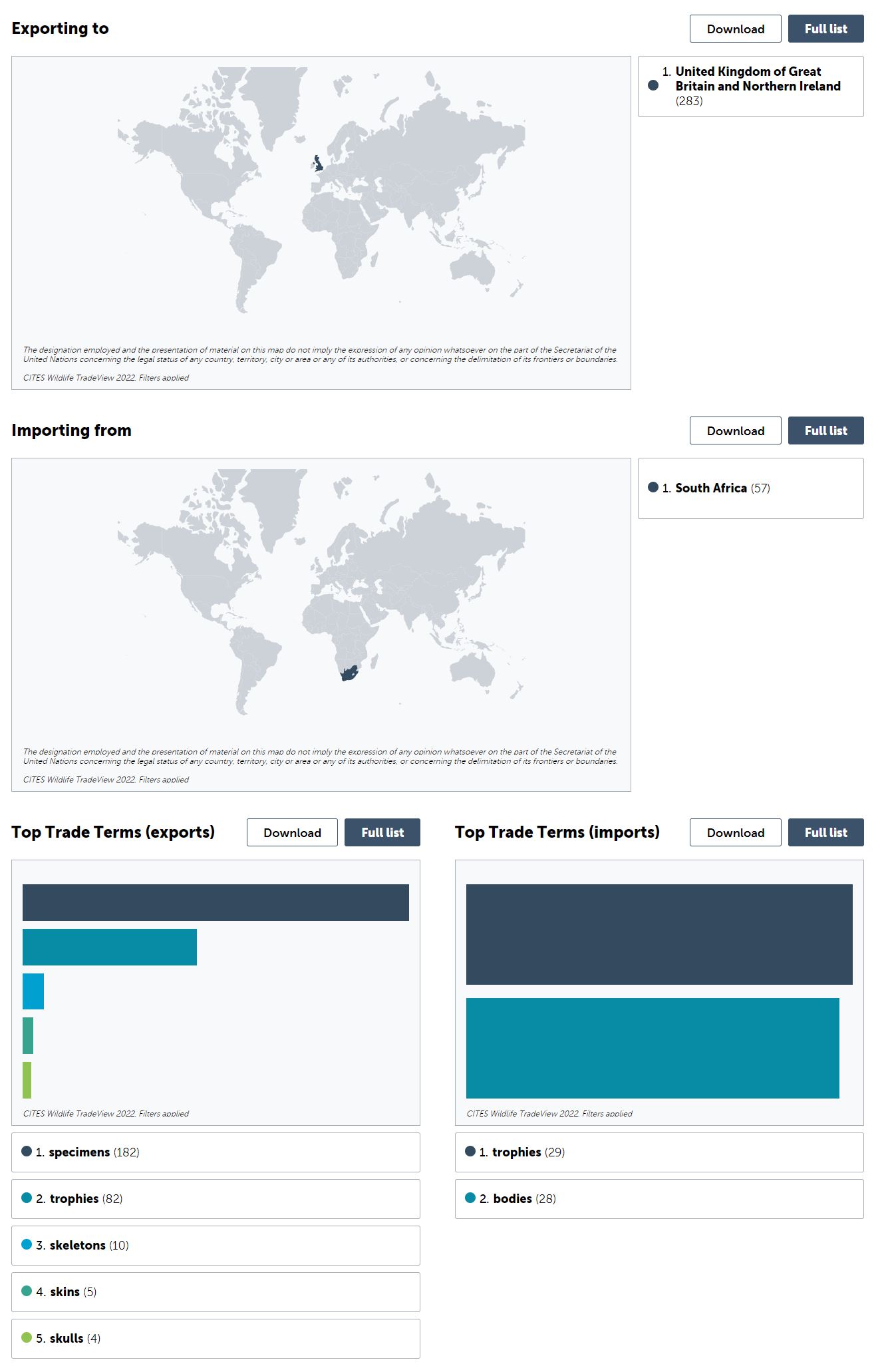
I looked at the trade in Panthera Leo between South Africa and the USA, China and Viet Nam. The discrepancies were huge in all permutations, which is particularly tragic when the trade is in ‘live’ lions.
For example, between 2016 and 2022, permits were obtained for exporting 443 ‘live’ lions from South Africa (which uses 1970s paper-permits) to China (which is one of the 14 CITES signatory countries to have implemented ePermits). In the corresponding time frame 148 ‘live’ lions were documented as imported into China from South Africa. Where did the other lions go? Were they exported in the end? Who knows. When CITES trade data can’t keep a track on this important data it is unfit for purpose.
The ‘Bigger’ Legal Trade Picture
Those who follow Nature Needs More’s work know that we are concerned about the whole legal trade system. While our preference is that there be no trade in endangered and exotic species, the accepted model is trade. Which is why we believe that any of the stakeholders – business, government, investors or conservation – who want the sustainable use model to remain must commit to validating it.
Given that we are interested in the bigger trade picture, let’s look at a species that isn’t iconic, like the elephant or lion. Let’s take a look at the python trade to the European fashion industry. The CITES Wildlife TradeView website shows the top python exporting countries to be:

So let’s look at the python trade between Indonesia and the EU (designated EU-27 on the website).

Reported By Indonesia:
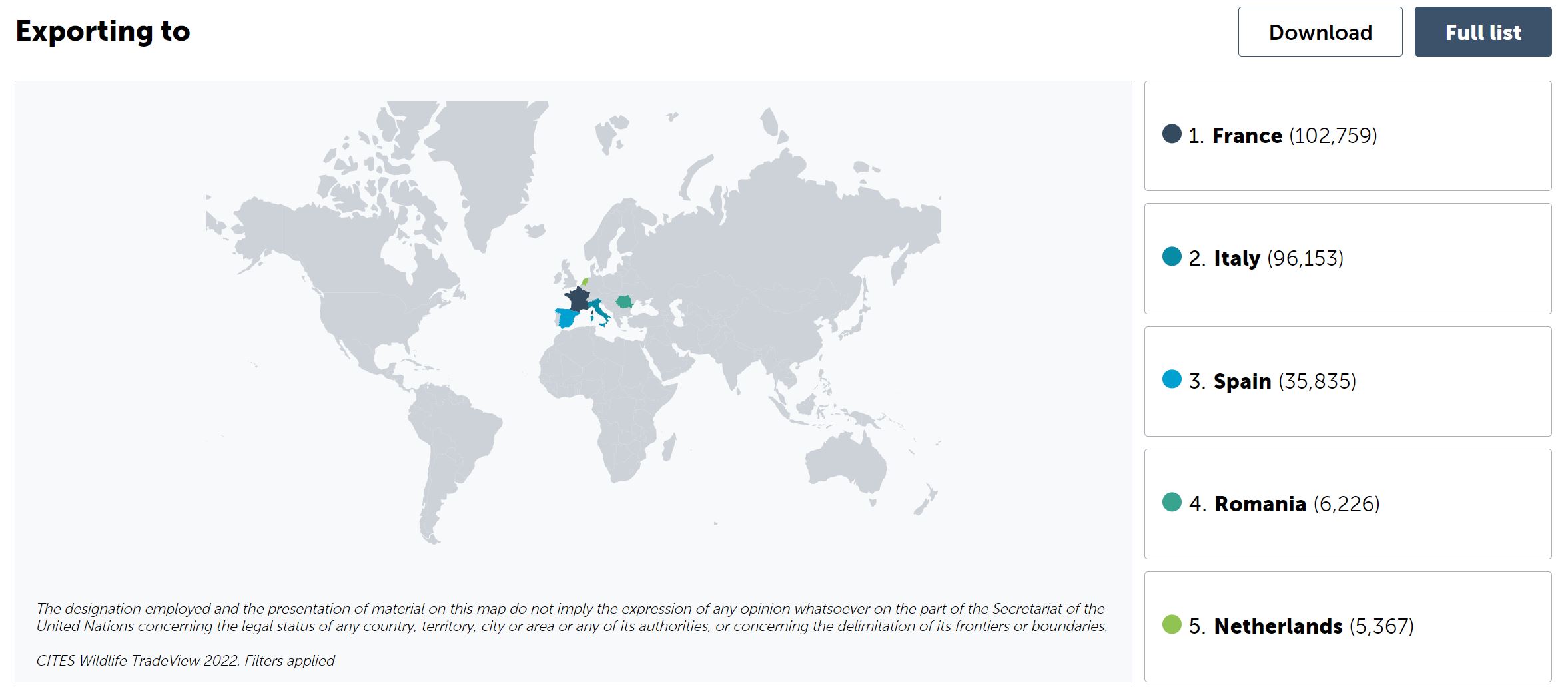
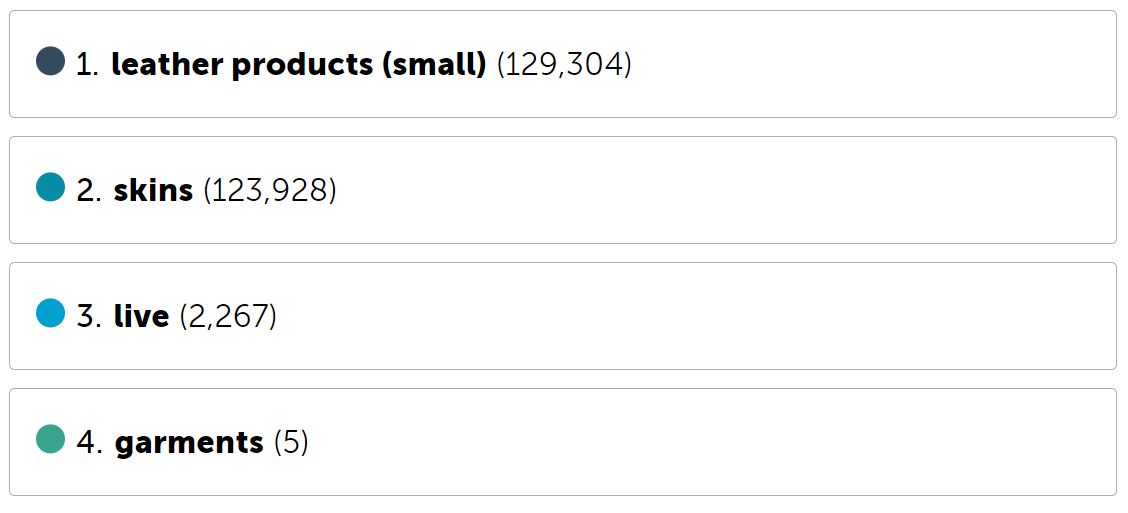
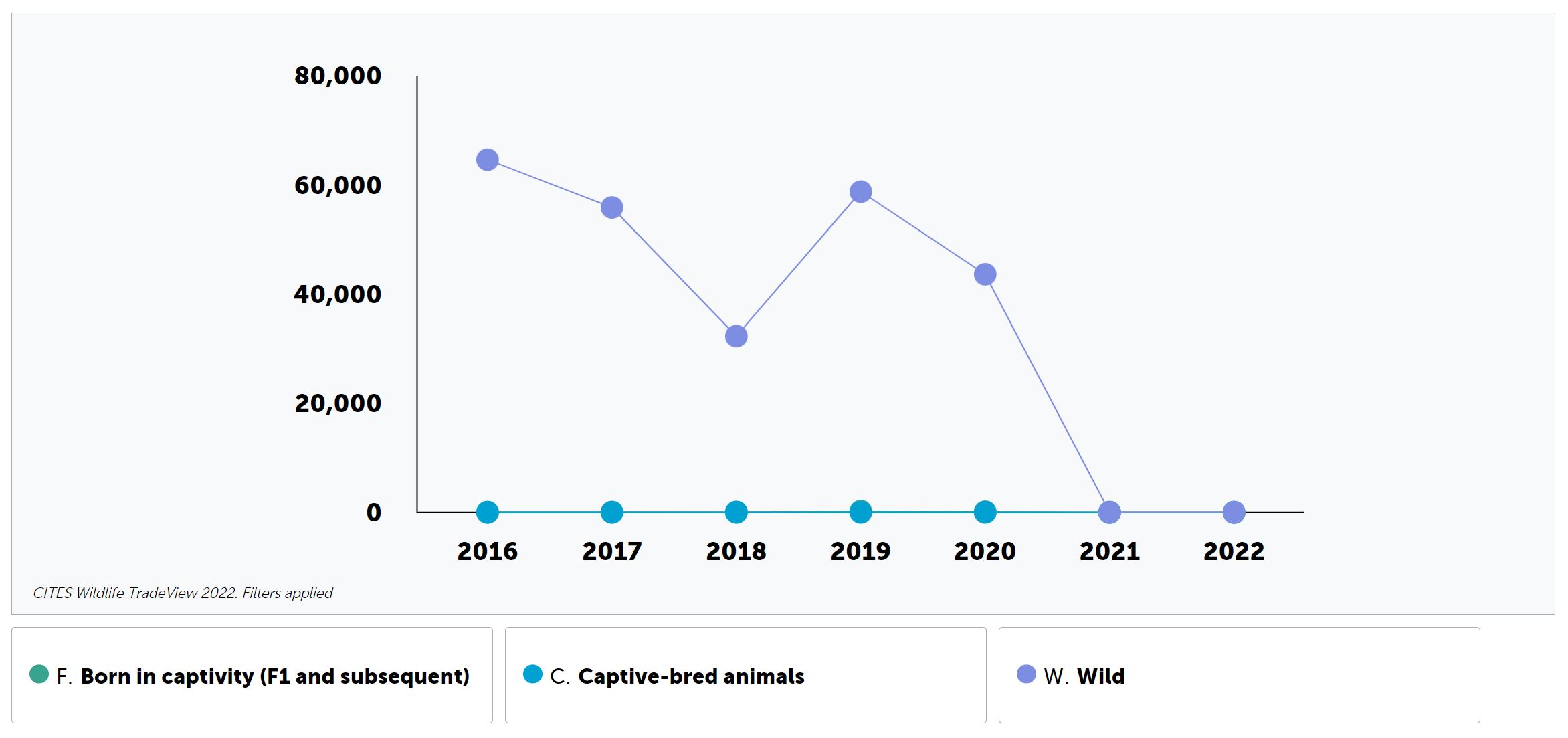
Reported By Trading Partners
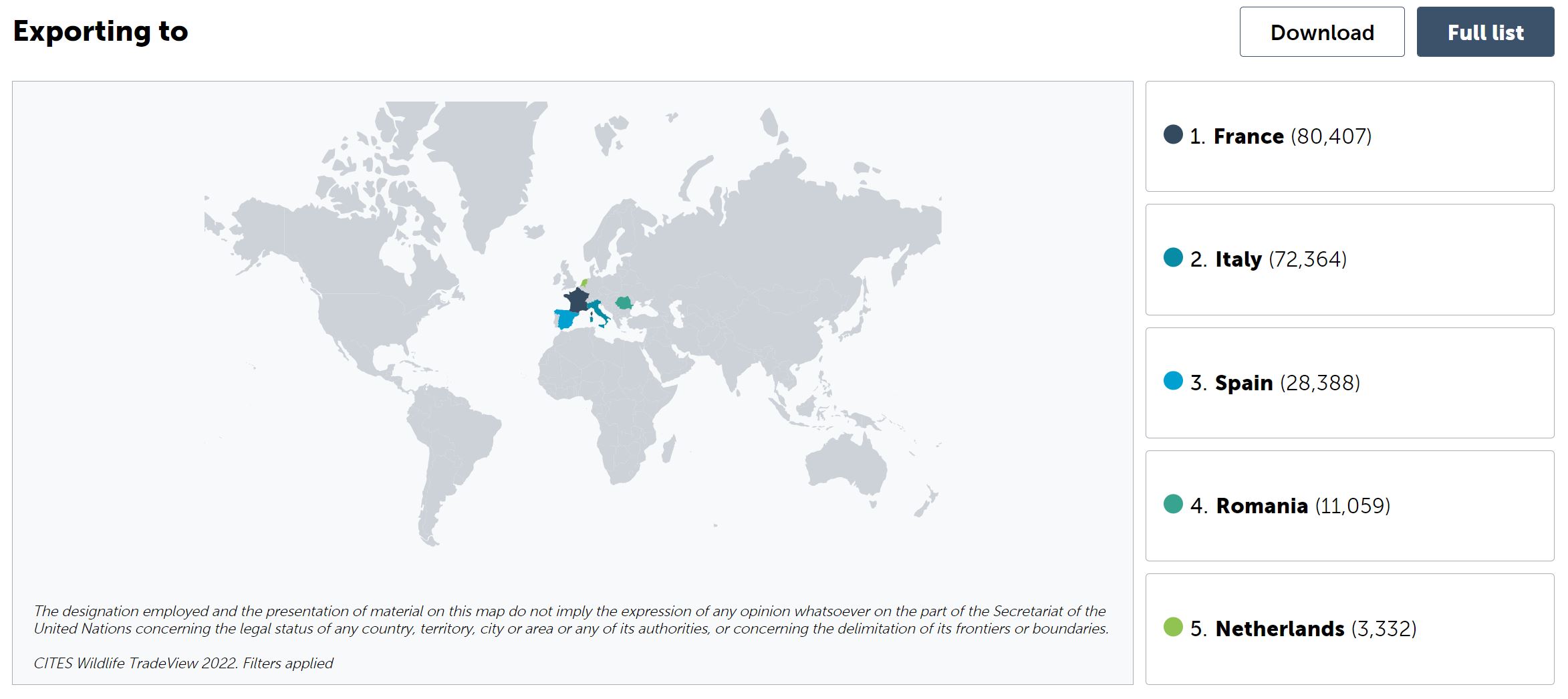
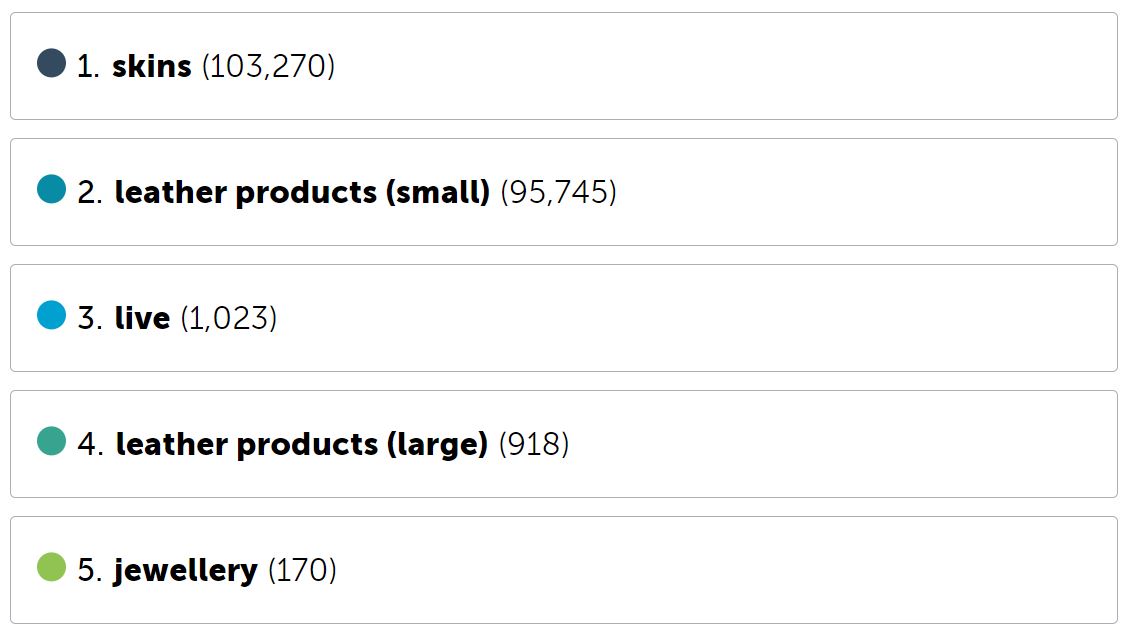
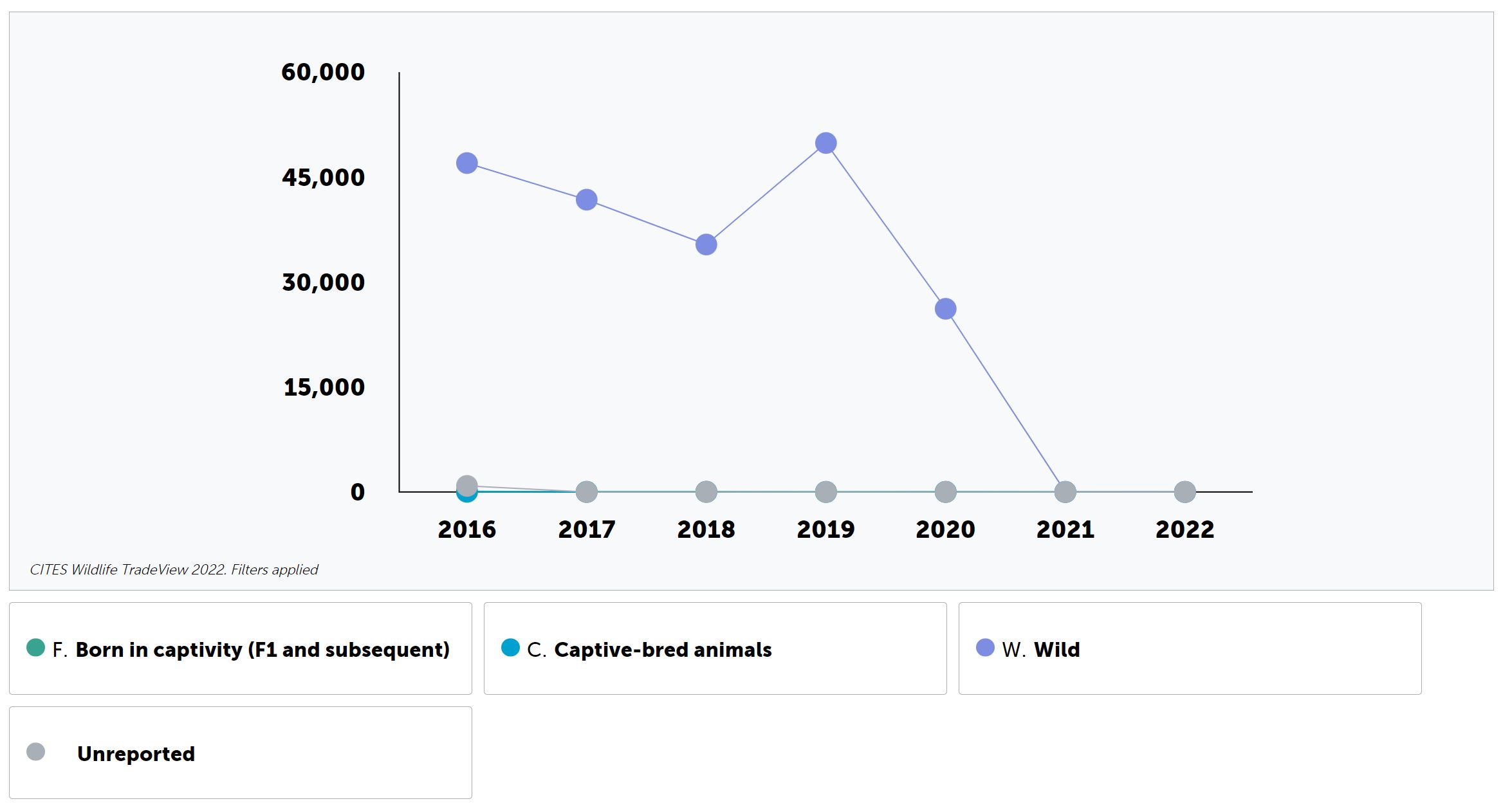
The discrepancies between Indonesia’s reporting and its European trading partners reporting are in the tens of thousands of units. This is particularly worrying as all the python are classed as ‘wild sourced’, and research from the early 1990s already confirmed that python populations in several countries had already declined as a result of trade. The 1990s report discussed that collecting pythons for the skin trade had adversely affected populations and speculated that pythons likely only remained ‘reasonably abundant’ in more remote areas not subject to intense collection pressure. While the report admitted the population impact of harvesting skins could not be evaluated in detail, it did highlight some of the key loopholes in the monitoring system that could be exploited, and finished by saying a levy system should be investigated because there was evidence that the true value of skins was ‘substantially under-declared’.
It’s Time To Fix The Basics
Whilst it has been known in academic and conservation circles for decades that the trade data CITES collects is deeply flawed, the new CITES Tradeview website will make it easy for activists, who are more likely to be driving for real change, to be able to access any proof they need to demonstrate just how flawed the legal trade monitoring system is. In that sense, the fact that the new CITES Wildlife TradeView website makes accessing the trade data easier is a huge step forward. The next logical step would be to fix the data collection issues that have plagued CITES for decades.
Nature Needs More has extensively written about the need for all 183 signatory countries to move to electronic permits. This would reduce the many data quality issues associated with the 1970s paper permits. It will not stop all fraud and mislabeling, but it will make it harder, given most electronic permit systems have multiple levels of approval and an audit trail. The cost of doing so is in the region of US$30million to complete the global roll out.
For those countries which cannot afford the US$150,000 themselves, the recent CITES standing committee has prepared a draft decision for CoP19 that encourages them to approach donor countries for funding. It specifically states:
Nature Needs More encourages any CITES signatory, that is classed as a developing country to approach all the wealthy CITES signatory countries and ask them to cover the cost of implementing ePermits on your behalf. Over the years, we are over listening to government officials, in these wealthy CITES countries, say, we can’t just offer, we need to be asked. The CITES draft decision provides the trigger to ask for donations. Don’t wait until CITES CoP 19, just go-for-it now!
Fixing the deeper flaws that make reconciliation between imports and exports currently impossible requires more than moving to electronic permits. CITES does not mandate import permits for Appendix II listed species which are traded commercially, which helps wealthy countries (industries and businesses) maintain a level of plausible deniability about the scale of the legal trade in endangered species. Currently, the reporting of import data is voluntary.
Pushing major import countries to adopt mandatory import permits and reporting would go a long way towards fixing the present mismatches. Further, CITES export permits only record the ‘maximum permitted’ quantity for export, not what is actually exported. This means integration with the customs acquittal process needs to become standard for all countries, if we want to get reliable trade data.
It should be in the interest of the large businesses that are trading in CITES listed species to bolster their sustainability claims by supporting the move to more reliable trade data. Some of the major trades under CITES, such as the python trade, have been controversial for decades because the data situation is so unreliable (as are population estimates). Yet this trade is immensely profitable and the companies making the shoes, jackets, purses and handbags from python skins are some of the most profitable in the world.
If they genuinely believe their own push towards sustainability, why won’t they invest in fixing some of the basics of data collection?

